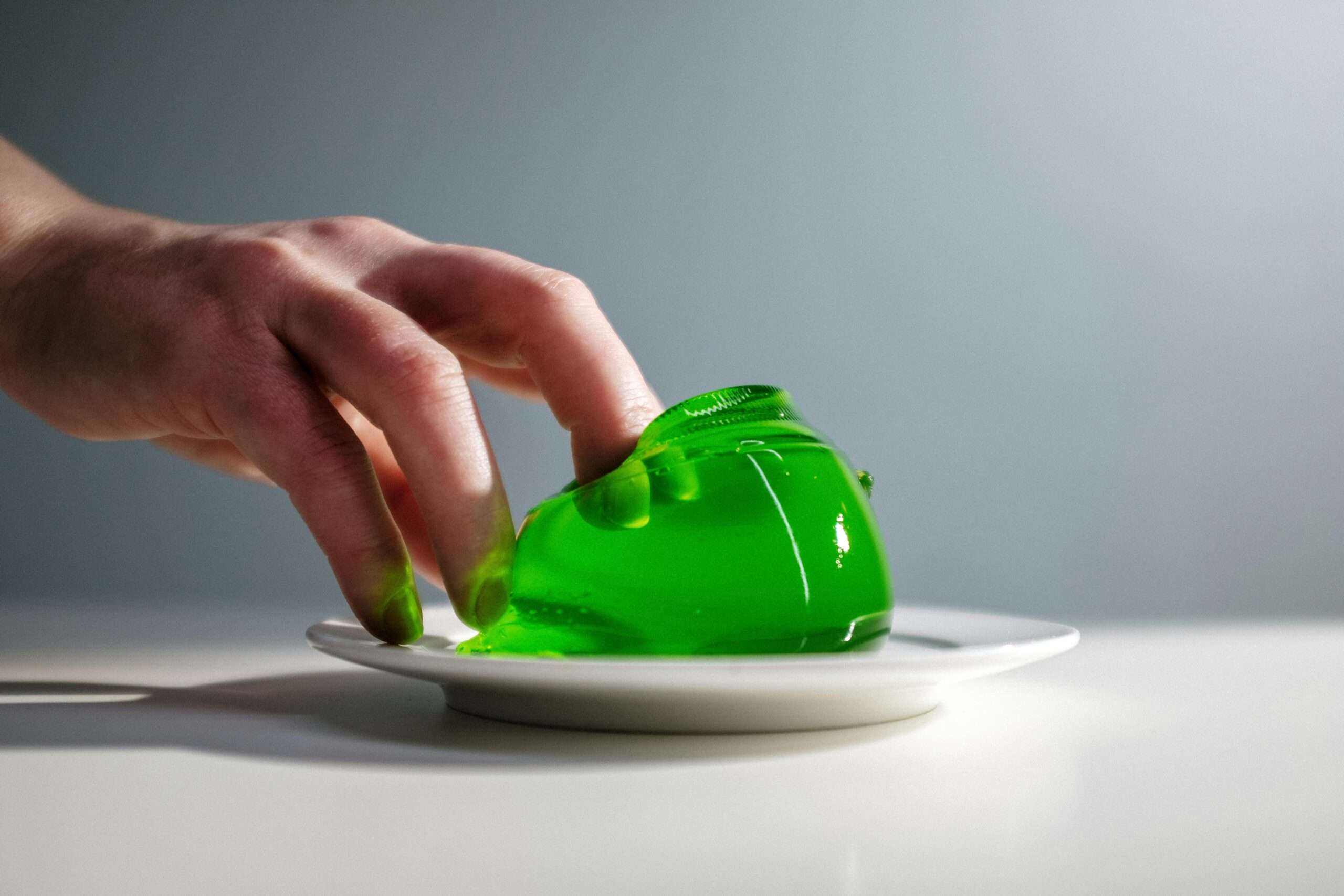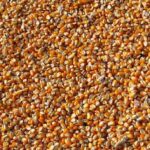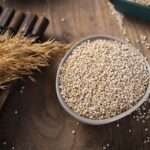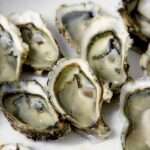I was in your situation in 2016. I was at a dinner table with my family, and when we were eating Jello, I saw my dogs getting excited to eat Jello. That day, I didn’t know whether Jello was safe for dogs. So, I didn’t feed. However, now I know everything about Jello. But, the shortest answer to “Can Dogs Eat Jello? In Jello Safe For Dogs?” is “Not recommended but can be fed in small amounts“.
For better understanding, I will elaborate on everything in three sections: health benefits, Health Issues, and some concerns while feeding. So, after reading the article, you will learn everything about Jellos.
Health Benefits of Feeding Jello to Dogs
There are several health benefits associated with Jello. Generally, if anyone feeds Jello, they will consider it an occasional treat. Only some people choose Jello for its health benefits. But to make decisions more accurately, you should know these benefits.
1. Joint Health
Jello can be a good treat if you have older dogs or giant breeds, such as Shiloh Shepherds or Golden Mountain Doodles, prone to Joint issues. It is beneficial for joint health because Jello contains Collagen, which helps maintain joint function and Cartilage.
2. Skin and Coat Health
Jello contains Collagen, a very effective compound for dog skin and coat health. I always try to feed that kind of food to my Long-haired Chihuahua, which contains some compounds that will help my dog have a shinier coat. So, I occasionally feed Jello to my furry friend.
3. Good For Bone Health
If your dog is undergoing bone issues, like fractures or injuries, you may consider feeding Jello. Jello contains amino acids like glycine and proline, which are helpful for bone health as they can aid in tissue repair and growth. I recommend Jellos to older dogs or large breeds.
4. Digestive Health
Jello contains gelatin, which aids in dogs’ digestive health. If your dog is suffering from leaky gut or other digestive issues, you may consider Jello. It may be helpful for your dog. One of my cousins used to feed Jello whenever his dog, Max, had bone issues. Most of the time, Max gets injured while playing with the other dogs in the dog parks. But as his statement states, after starting to feed Jello, Max got slight benefits.
Health Risks Of Feeding Jello to Dogs
1. Sugar Content
Though Sugar is important for dogs, Jel, lo has a high sugar content, which means that if you feed Jello regularly to your dog, you may face issues like Dental Problems, such as Tooth decay, due to high sugar consumption. There is a high chance that your dog will become obese and gain weight, which may lead to diabetes in dogs. Therefore, you should refrain from feeding your dog Jello regularly.
2. Xylitol
Xylitol is an artificial sweetener and is often used in sugar-free Jello. But, Xylitol is highly toxic to dogs. No vet or owners will be permitted to feed the foods that contain Xylitol because a small portion of Xylitol can cause hypoglycemia, liver failure and, in fatal cases, Death.
3. Artificial Colors and Flavors
To make Jello attractive, restaurants and even homemade Jello are prepared with artificial colours and flavours. For that, there is a chance that your dog may suffer from allergic reactions such as skin issues and digestive issues such as diarrhoea, bloating, gas and vomiting. And yes, if you feed Jello regularly to your dog, long-term health risks are high. Usually, I don’t prefer feeding Jello more than once a week.
4. Empty Calories
There can be nutritional imbalance due to Jello’s empty calories, which offer almost zero nutritional value.
How to Safely Feed Jello To Dogs
No matter what food you feed your dog, you must follow some feeding rules to avoid any health risks. Here are some tips I want to share with you to make the feeding process perfect.
1. Occasional Treat
Consider Jello as an occasional treat. It will reduce the chances of Dental Problems, Diabetes and Digestive issues. From my point of view, don’t feed more than once a week to be in the safer part.
2. Feed Plain Jello
Try to feed the Jello, which contains no artificial colours, flavours, or Xylitol. Avoiding these will help minimize the health risks.
3. Monitor After Feeding Jello
We owners should always monitor our furry friends after feeding them any new food for the first time. Some reactions might occur after feeding, and if we don’t notice, the situation may get worse. Therefore, monitor after feeding JelloJello. If you observe any issues, immediately contact the vet and stop feeding Jello.
4. Seek For Veterinarian
The best thing you can do as an owner is seek a vet’s help. They can give you more personalized advice based on your dog’s health condition, age, and other factors.
More Dog Foods You May Think of
Summary
After the lengthy discussion, yes, Jello is safe for dogs, but I recommend considering It an occasional treat. It will help to reduce the health issues associated with it. The Pads Of Paw team wishes you all the best and happy parenting.










